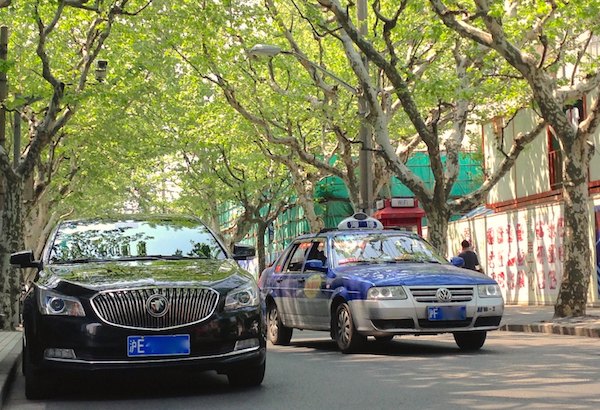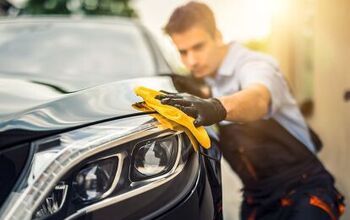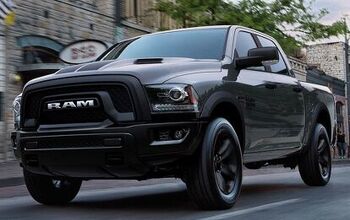China 2015: The Cars of Shanghai
Shanghai Pudong street scenes
After going through the most impressive Chinese carmakers at the Shanghai Auto Show, it’s time to go wandering the streets of Shanghai to share with you the most popular cars. The Shanghai automotive landscape is surprisingly easy to read with a few main trends on display.
VW Santana taxis in Shanghai French Concession
VW Santana taxi is king
VW Lavida and Santana taxi in Pudong
Efforts to replace it with more modern Touran and Lavida, though relatively successful, have done nothing to limit the Santana’s supremacy. The Santana Vista 1998 model is everywhere and I did spot two very well preserved first generation, privately owned Santanas. If anything, the Touran and Lavida have curbed sales of the new generation Santana, and you see none of them as taxis.
Buick GL8 in Shanghai Tianzifang
Too cool for taxi? Buick GL8 it is.
Buick LaCrosse and VW Santana in Shanghai Tianzifang
In fact, it not only the GL8 but the entire Buick lineup that’s particularly strong in Shanghai, even at the higher end of the scale. The LaCrosse is very frequent in the streets of the city, especially in financial Pudong, and I have spotted a few Envision SUVs already.
Shanghai Pudong street scene
Roewe 550 in Shanghai Tianzifang
Locals? What locals?
Maxus G10
Maxus is strong in the commercial area with a dozen M80 as well as a handful of G10 spotted. MG follows, mainly thanks to the MG3. The only other nameplates to pop up more than once are Jinbei and Foton Hiace-inspired vans and JAC light vans. I did spot one Qoros 3 in Pudong and a couple of BYD Qin hybrids.
Range Rover Evoque favorite import
BYD Qin
Next we are headed North towards the North Korean and Russian borders. Next stop: Changchun, the “Detroit of China” in the Jilin province. Stay tuned!
Matt Gasnier is based in Sydney, Australia and runs a website dedicated to car sales, trends and analysis called BestSellingCarsBlog.
Tesla Model S
More by Matt Gasnier
Latest Car Reviews
Read moreLatest Product Reviews
Read moreRecent Comments
- Tassos Good Used Classic Car. Price is right too.
- Fred Just as everyone agrees that Tesla chargers for everyone, he quits.
- Golden2husky Seems like a poor business move - Tesla could basically control most of the charging network in the US for the foreseeable future. Something is short circuiting in Musk's brain. Maybe too much Orange Kool-aid. Or he is also in love with a pigeon. Regardless this is bad news for sure.
- Tassos The manager of the massage parlour I frequent drives one of these. She won’t acknowledge my presence though, despite me being there 3 times a week. I guess I’m lucky they even let me back there after the camera incident. I HAD NO IDEA MY PHONE WAS RECORDING!
- Oberkanone I'm fan of Celica 1985-2006. 1976 I don't care.





















































Comments
Join the conversation
The Roewe W5 looks just like a Ssangyong Kyron. http://automotorsportwallhd.com/wp-content/uploads/2015/05/ssangyong-kyron.jpg EDIT: Because it's based on one. Yuck. A Chinese version of an already awful Korean version.
I've just had my first trip to Shanghai two weeks ago. The VW Santana cabs were all holding together while fully trashed inside. I did also get chauffeured in a Buick GL8 (or three...) Aside from the car-spotting, the experience of being a vehicle passenger in Shanghai can be exciting as you stare in amazement out the window at the controlled chaos unfolding at every intersection and merge point...